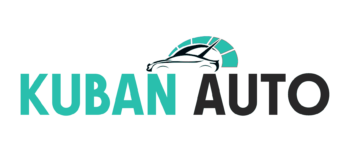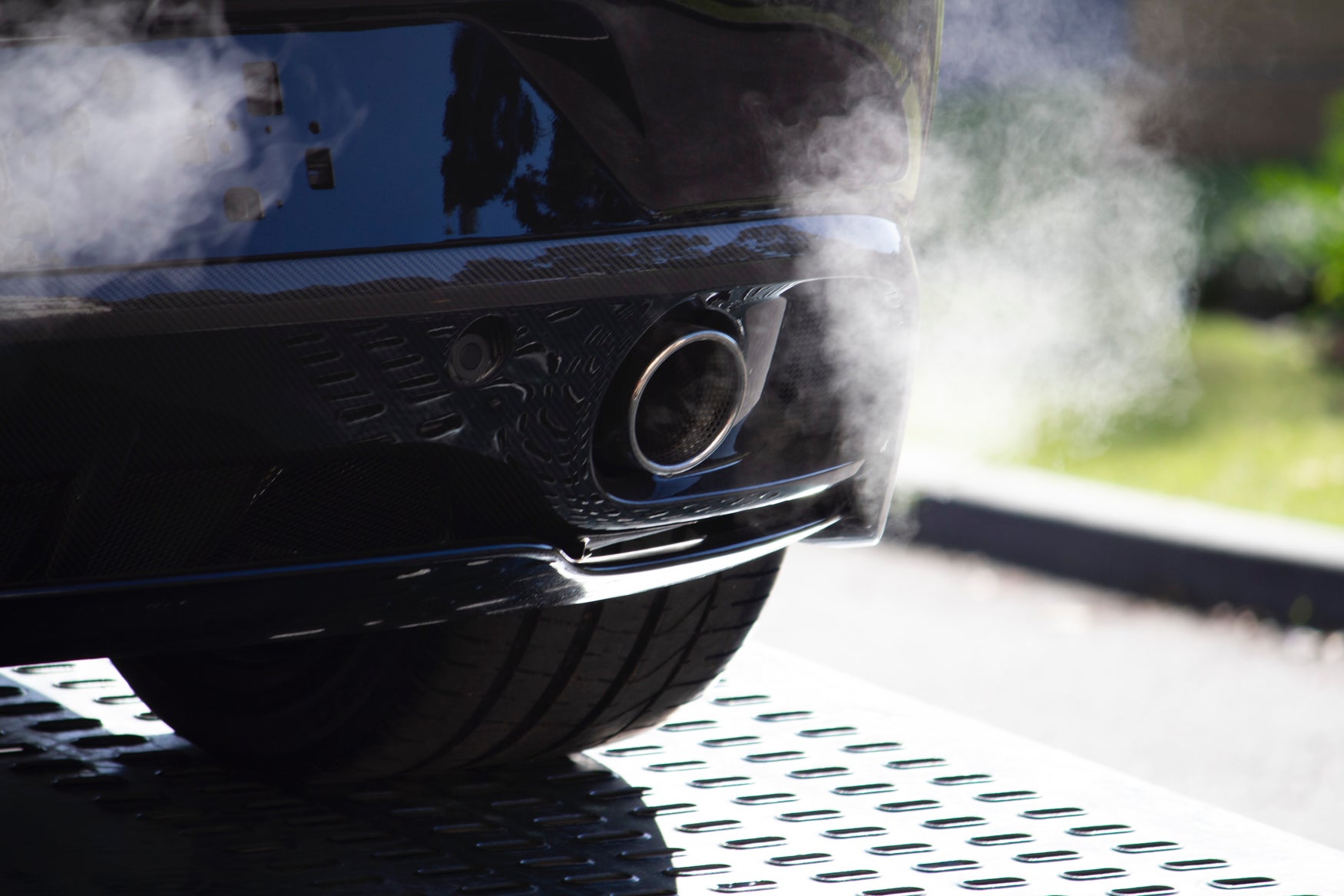In the realm of heavy-duty engines, maintenance is not just a routine task but a critical aspect of ensuring optimal performance, reliability, and longevity. Every engine requires regular care and attention to prevent breakdowns, maximize efficiency, and minimize operational costs. In this comprehensive article, we delve into the world of engine maintenance, focusing particularly on the pivotal role played by Genuine Cummins Parts in sustaining engine health across diverse industries and applications.
The Significance of Maintenance:
Maintenance is the backbone of engine reliability. It encompasses a spectrum of tasks ranging from routine inspections and fluid changes to intricate repairs and overhauls. Adhering to manufacturer-recommended maintenance schedules is paramount for identifying potential issues early, preventing catastrophic failures, and extending the lifespan of engines. By investing time and resources in maintenance, operators can ensure that their engines operate at peak performance levels, delivering optimal efficiency and productivity.
Understanding Genuine Cummins Parts:
Genuine Cummins Parts represent the epitome of quality, reliability, and performance. Unlike aftermarket alternatives, Genuine Cummins Parts are engineered and manufactured to exacting standards, ensuring seamless compatibility and superior functionality. Each component undergoes rigorous testing and validation processes to meet Cummins’ stringent quality criteria. Whether it’s a fuel injector, turbocharger, or filtration system, Genuine Cummins Parts are designed to integrate seamlessly with Cummins engines, providing operators with confidence in their engine’s performance and reliability.
Engineered for Excellence:
Genuine Cummins Parts are crafted with precision and attention to detail. Engineered using advanced technologies and materials, these parts are built to withstand the most demanding operating conditions. From extreme temperatures to heavy loads, Genuine Cummins Parts deliver exceptional durability and reliability, ensuring uninterrupted operation even in the harshest environments. Whether it’s a critical engine component or an auxiliary system, Genuine Cummins Parts are engineered for excellence, providing operators with peace of mind and confidence in their engine’s performance.
Durability and Reliability:
One of the hallmarks of Genuine Cummins Parts is their unmatched durability and reliability. Designed to endure the rigors of heavy-duty applications, these parts consistently outperform aftermarket alternatives. Genuine Cummins Parts undergo extensive testing to ensure they meet Cummins’ stringent performance standards. This rigorous testing process ensures that Genuine Cummins Parts deliver reliable performance under all operating conditions, minimizing downtime and maximizing productivity for operators.
Compatibility and Integration:
Genuine Cummins Parts are engineered to seamlessly integrate with Cummins engines and systems. Unlike aftermarket parts, which may require modifications or compromise compatibility, Genuine Cummins Parts ensure optimal performance and efficiency. This compatibility simplifies maintenance tasks and reduces the risk of errors. Operators can trust that Genuine Cummins Parts will fit perfectly and function as intended, eliminating the need for costly modifications or adjustments that can arise when using non-genuine parts. This seamless integration also contributes to overall system reliability, as each component works harmoniously with the rest of the engine, minimizing the risk of malfunctions or breakdowns.

Warranty Coverage:
One of the significant advantages of choosing Genuine Cummins Parts is the comprehensive warranty coverage provided by Cummins. Unlike aftermarket parts, which may come with limited or no warranty protection, Genuine Cummins Parts offer added assurance and peace of mind. Cummins stands behind the quality and reliability of its Genuine Parts, providing customers with the confidence that their investment is protected. In the rare event of a defect or failure, Cummins will repair or replace the part at no additional cost, ensuring minimal disruption to operations and mitigating any financial impact associated with unexpected repairs. This warranty coverage underscores Cummins’ commitment to customer satisfaction and reinforces the value proposition of Genuine Cummins Parts.
Service and Support:
Cummins provides extensive service and support to customers worldwide. With a global network of authorized dealers and service centers, Cummins ensures that operators have prompt access to Genuine Parts, whether they are in remote locations or urban centers. This network of support extends beyond parts availability to encompass comprehensive maintenance services, including diagnostics, repairs, and overhauls.
Cummins’ team of trained technicians possesses unparalleled knowledge and experience, allowing them to address any maintenance issue efficiently and effectively. This level of service and support ensures that operators can rely on Cummins to keep their engines running smoothly and minimize downtime, regardless of the application or operating conditions.
Sustainability and Environmental Responsibility:
Cummins is committed to environmental sustainability, and this commitment extends to Genuine Cummins Parts. By employing eco-friendly materials, reducing waste, and optimizing manufacturing processes, Cummins minimizes its environmental impact while maximizing the performance and efficiency of its products. Genuine Cummins Parts are designed with sustainability in mind, incorporating recyclable materials and energy-efficient manufacturing techniques wherever possible.
This commitment to environmental responsibility aligns with Cummins’ broader sustainability goals and reflects the company’s dedication to minimizing its impact on the environment. By choosing Genuine Cummins Parts, operators can contribute to these efforts while enjoying the peace of mind that comes with knowing their engines are operating sustainably and responsibly.
Cost-Effectiveness:
While Genuine Cummins Parts may have a slightly higher upfront cost compared to aftermarket alternatives, they offer superior long-term value and cost-effectiveness. Their unmatched durability, reliability, and performance minimize the risk of premature failures and maximize engine lifespan, resulting in lower total cost of ownership over time. Additionally, the comprehensive warranty coverage provided by Cummins further enhances the cost-effectiveness of Genuine Parts by mitigating the financial risk associated with unexpected repairs or failures. Ultimately, investing in Genuine Cummins Parts is an investment in the reliability, performance, and longevity of engines, delivering tangible benefits in terms of operational efficiency and overall profitability.
Conclusion:
In conclusion, Genuine Cummins Parts are essential components that play a crucial role in ensuring the reliability, performance, and longevity of engines across various industries and applications. From precision engineering to unmatched durability, Cummins’ commitment to excellence is evident in every Genuine Cummins Part. By adhering to manufacturer-recommended maintenance schedules and using Genuine Cummins Parts, operators can optimize the performance of their engines, minimize downtime, and prolong engine lifespan.
With a legacy of innovation and reliability spanning over a century, Cummins remains a trusted partner in engine maintenance and reliability, empowering customers to achieve their operational goals and drive success in today’s competitive marketplace.












